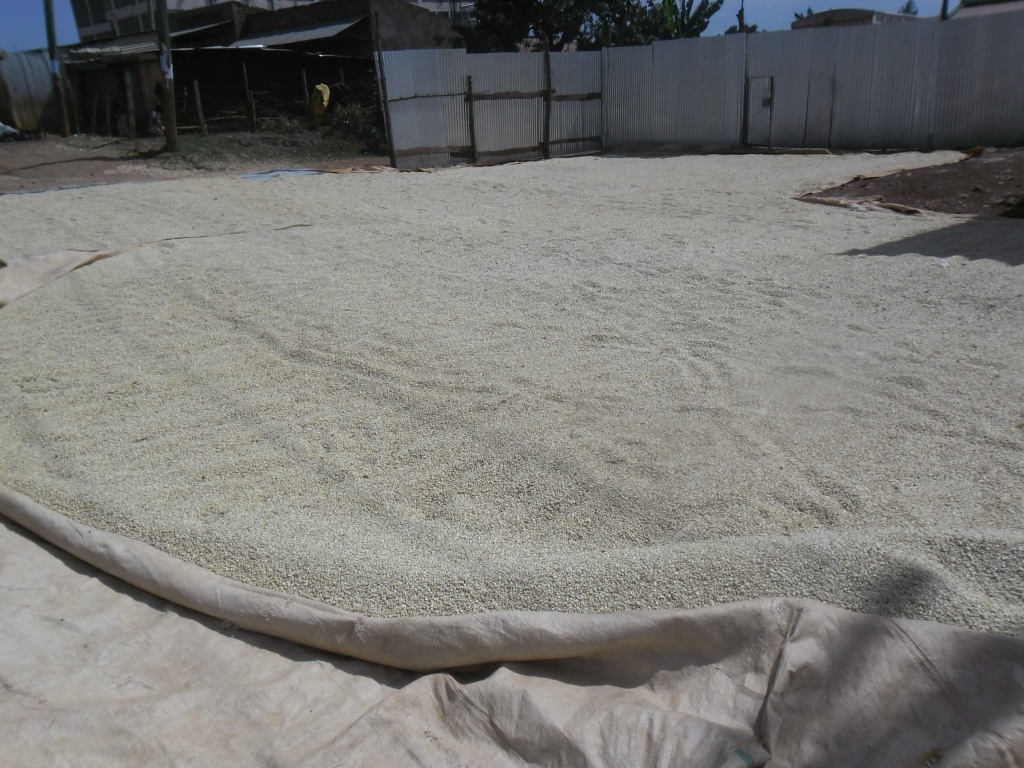A maize farm at the Central Kenya National Show, Kabiruini grounds, Nyeri County. PHOTO/JAPHET RUTO
Kenya’s maize production is set to drop in 2017 due to delayed rains at the onset of the planting season and fall armyworm infestation which has ravaged thousands of acres of smallholder farmers who are the majority producers of the staple food crop. The projected poor harvest spells doom for smallholder farmers as this means low income earnings and high food prices for low income households who depend on the crop.
According to the statistics from the Ministry of Agriculture, Livestock and Fisheries, the projected maize harvest this year is 32 million bags down from 42 million bags harvested in 2016.
READ ALSO: Africa faces permanent $2bn+ maize deficit if Fall Armyworm poorly managed
In May this year, the government of Kenya introduced a food subsidy programme to cushion households against the high cost of maize flour owing to poor harvests in 2016. The government through the Ministry of Agriculture subsidized maize flour prices to with1 Kilo pack of maize flour retailing at Sh 47 while 2 Kilos pack costing Sh 90.
The most affected regions with drop in maize output are counties in the Rift valley and Western regions which form the bulk of Kenya’s grain basket. The Fall Armyworm was first reported in Western Kenya by farmers in March 2017, and immediately confirmed by the Kenya Health Inspectorate Service (KEPHIS) and the Kenya Agricultural and Livestock Research Organization. The initial affected counties were Busia, Trans-Zoia, Bungoma, Uasin Gishu and Nandi according to a report by the Food and Agriculture Organization (FAO) for April 2017.
READ ALSO: Farmer turns to short season maize to escape lethal necrosis disease
Rift Valley accounts for 60 per cent of Kenya’s maize produce while Nyanza and Western have a 25 per cent share — making produce from the three regions critical for the country’s food security.Going forward it will be crucial to see how the government will deal with the poor harvests having imported more than 1 million 90 kg bags in 2017 alone.
READ ALSO: Maize Nixtamalization reduces aflatoxin by 60-70%
According to Soko+, a digital commodity trading and information system, linking small scale farmers to end retailers/bulk purchasers of produce, the price of dry maize in October 2017 ranges from Sh. 2500 to Sh. 3600 depending on the region.

















Comments powered by CComment